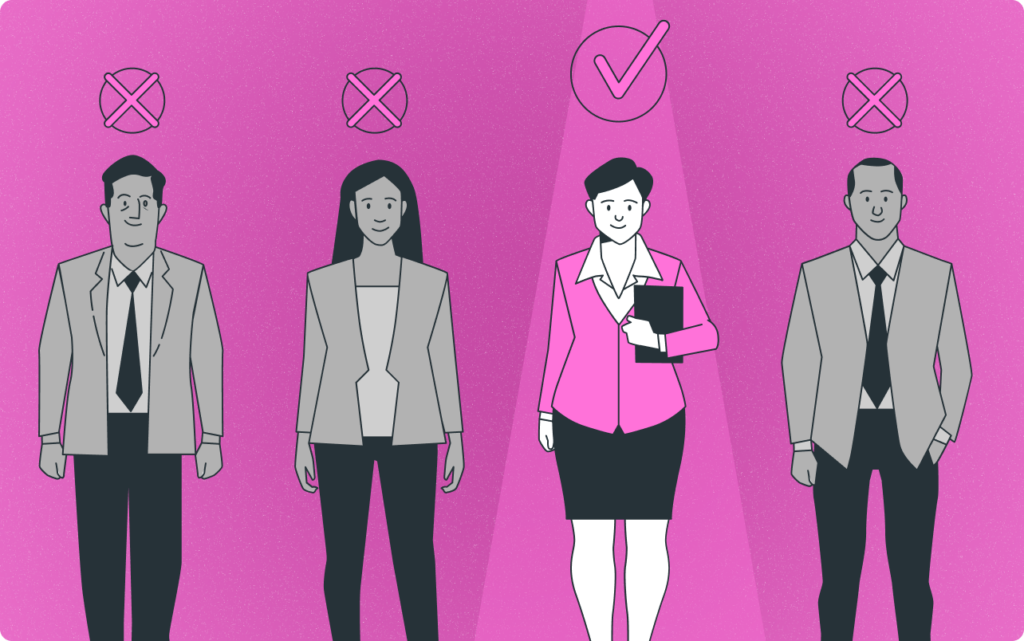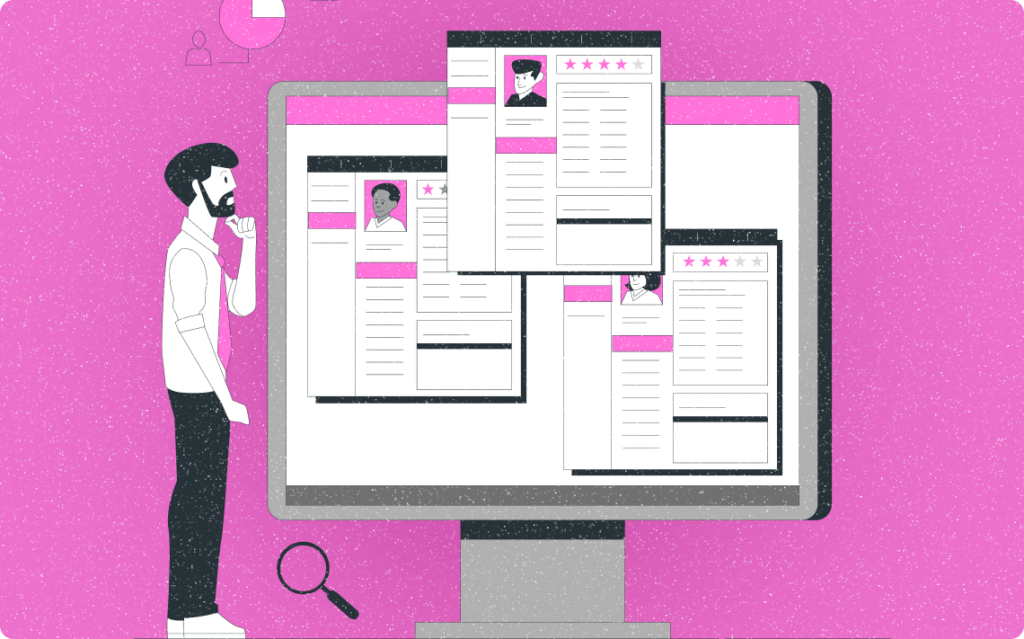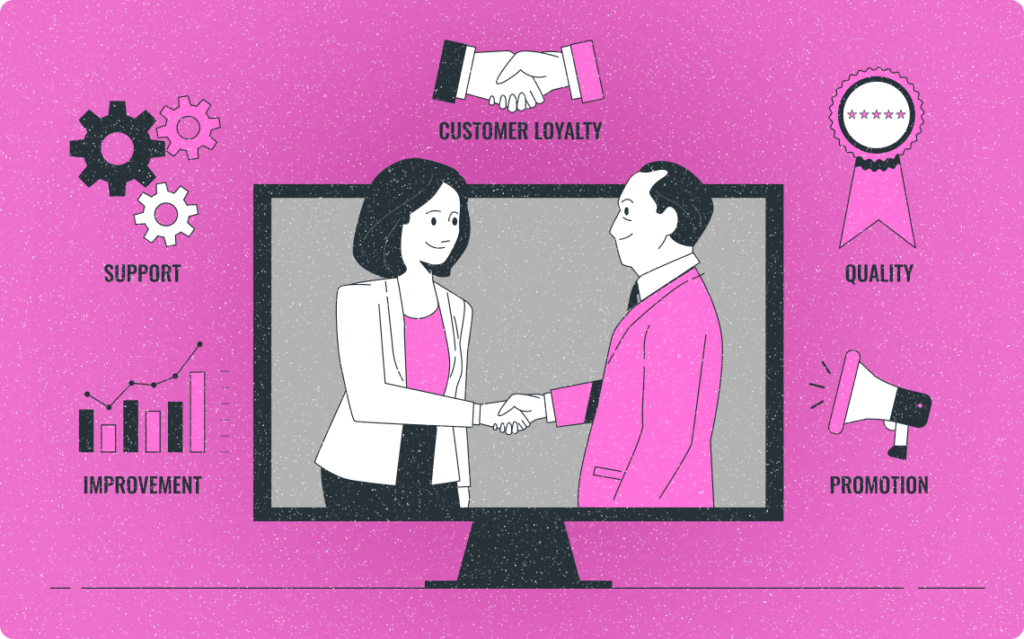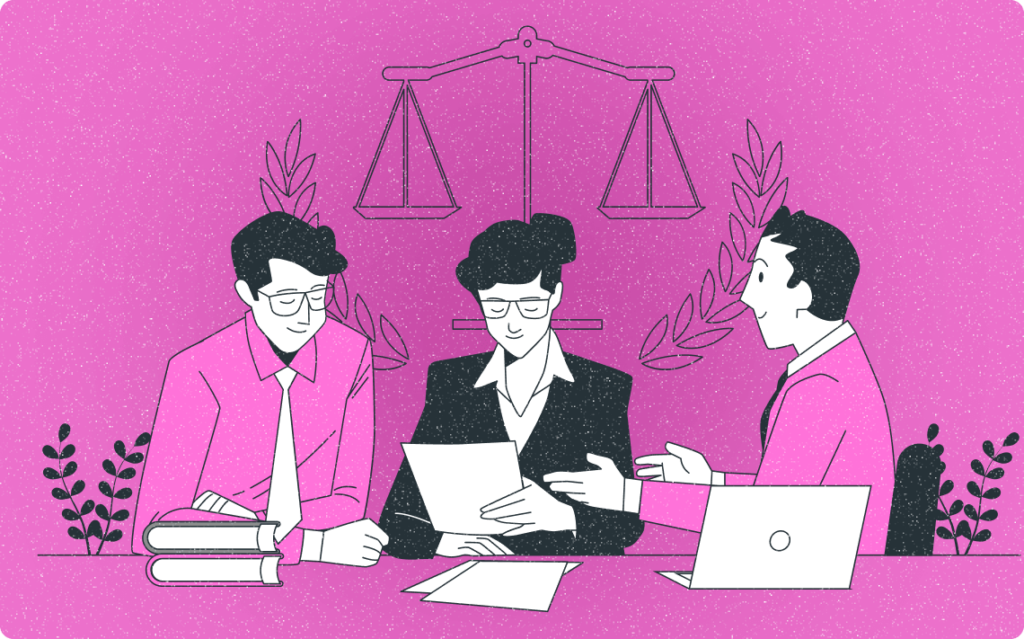The Essential Functions of Human Resource Management: A Comprehensive Guide

Recruitment and Selection
Job Analysis and Design
Understanding the roles and responsibilities of a job is the first step in recruitment. This involves identifying the skills and qualifications needed for the job. A well-defined job description helps attract the right candidates.
Interviewing Techniques
Interviewing is a key part of the selection process. It helps employers assess if a candidate is a good fit for the company. Different techniques, like behavioral interviews or panel interviews, can be used to evaluate candidates effectively.
Onboarding Processes
Onboarding is the process of integrating new employees into the company. A good onboarding process helps new hires feel welcome and understand their roles quickly. This can include orientation sessions, training programs, and mentorship opportunities.

Training and Development
Employee Orientation
Employee orientation is the first step in training and development. It helps new hires understand their roles and the company’s culture. A good orientation program can make new employees feel welcome and ready to start their jobs. It usually includes a tour of the workplace, introductions to team members, and an overview of company policies.
Skill Development Programs
Skill development programs are essential for keeping employees’ skills up-to-date. These programs can include workshops, online courses, and hands-on training. They help employees learn new skills or improve existing ones. This not only benefits the employees but also makes the company more competitive.
Leadership Training
Leadership training is crucial for developing future leaders within the company. These programs focus on building skills like decision-making, communication, and team management. Effective leadership training can prepare employees for higher roles and ensure the company has strong leaders in the future.
Get more out of your business
Get the best employee engagement content every week via mailing list

Performance Management
Setting Performance Standards
Setting performance standards is the first step in performance management. These standards help employees understand what is expected of them. Clear and measurable goals should be set so that employees know how to achieve them. This can include specific targets, deadlines, and quality measures.
Performance Appraisals
Performance appraisals are regular reviews of an employee’s job performance. These reviews help managers understand how well employees are meeting their performance standards. Appraisals can be done annually, semi-annually, or even quarterly. They often include a mix of self-assessment, peer reviews, and manager evaluations.
Feedback and Coaching
Feedback and coaching are essential for continuous improvement. Regular feedback helps employees know what they are doing well and where they need to improve. Coaching provides guidance and support to help employees develop their skills and achieve their goals. Effective feedback and coaching can lead to better job performance and higher employee satisfaction.
Compensation and Benefits
Salary Structures
Creating a fair and competitive salary structure is essential for attracting and retaining talent. Companies often conduct market research to determine the average pay for specific roles. This helps in setting up a pay scale that is both fair and competitive. A well-defined salary structure also ensures internal equity, meaning employees feel they are paid fairly compared to their colleagues.
Incentive Programs
Incentive programs are designed to reward employees for meeting or exceeding performance goals. These can include bonuses, profit-sharing, or stock options. Such programs not only motivate employees to perform better but also align their goals with the company’s objectives. Here are some common types of incentives:
- Bonuses: One-time payments for achieving specific targets.
- Profit-Sharing: Employees receive a share of the company’s profits.
- Stock Options: Employees get the option to buy company stock at a reduced price.
Employee Benefits Administration
Managing employee benefits is a crucial part of HR. Benefits can include health insurance, retirement plans, and paid time off. Effective benefits administration ensures that employees understand and can easily access their benefits. This not only improves employee satisfaction but also helps in retaining top talent. Here’s a quick look at common employee benefits:
| Benefit Type | Description |
|---|---|
| Health Insurance | Covers medical expenses |
| Retirement Plans | Helps employees save for retirement |
| Paid Time Off | Includes vacation, sick leave, and holidays |
| Wellness Programs | Focuses on physical and mental well-being |
By offering a comprehensive benefits package, companies can show they value their employees’ well-being and future.

Employee Relations
Conflict Resolution
Handling disagreements at work is crucial for a healthy environment. HR professionals use various methods to resolve conflicts, such as mediation and open communication. The goal is to find a solution that satisfies everyone involved.
Employee Engagement
Keeping employees motivated and involved in their work is key to a successful company. HR teams often organize activities and programs to boost morale and make employees feel valued. This can include team-building exercises, recognition programs, and regular feedback sessions.
Workplace Culture
The atmosphere at work greatly affects how employees feel and perform. HR plays a big role in shaping a positive workplace culture. This involves promoting values like respect, teamwork, and inclusivity. A good workplace culture can lead to higher job satisfaction and better performance.

Compliance and Legal Issues
Labor Laws
Understanding labor laws is crucial for any HR department. These laws cover a wide range of topics, including minimum wage, overtime pay, and child labor. Staying updated with these laws helps in avoiding legal troubles and ensures fair treatment of employees.
Workplace Safety Regulations
Workplace safety regulations are designed to protect employees from hazards. HR must ensure that the workplace complies with these regulations to prevent accidents and injuries. This includes regular safety training and maintaining safety equipment.
Equal Employment Opportunity
Equal Employment Opportunity (EEO) laws prohibit discrimination based on race, color, religion, sex, or national origin. HR must ensure that hiring, promotions, and other employment practices are fair and unbiased. This helps in creating a diverse and inclusive workplace.
Strategic HR Planning
Workforce Planning
Workforce planning is about making sure the company has the right number of employees with the right skills at the right time. It involves looking at current staff, predicting future needs, and making plans to fill any gaps. This helps the company stay prepared for changes and ensures that it can meet its goals.
Succession Planning
Succession planning is the process of identifying and developing new leaders who can replace old leaders when they leave or retire. This ensures that the company continues to run smoothly even when key people leave. It involves training and mentoring employees so they are ready to take on more important roles in the future.
HR Metrics and Analytics
HR metrics and analytics involve using data to measure and improve HR practices. This can include tracking employee turnover rates, measuring employee satisfaction, and analyzing the effectiveness of training programs. By using data, companies can make better decisions and improve their HR strategies.
Conclusion
In summary, the functions of human resource management are vital for any organization. They help in hiring the right people, training them, and making sure they are happy at work. HR also deals with solving problems and making the workplace safe. By doing all these things, HR helps the company run smoothly and grow. Understanding these functions can help anyone see why HR is so important in today’s world.
— The Monitask Team
Frequently Asked Questions
Why is job analysis important in recruitment?
Job analysis helps understand the tasks and skills needed for a job, making it easier to find the right candidates during recruitment.
How does employee orientation benefit new hires?
Employee orientation helps new hires understand their roles, the company’s culture, and what is expected of them, making it easier for them to settle in and perform well.
What is the purpose of performance appraisals?
Performance appraisals help evaluate an employee’s work, provide feedback, and set goals for future performance. They are key to improving employee performance and growth.
Why are employee benefits important?
Employee benefits, like health insurance and retirement plans, help attract and keep good workers. They also make employees feel valued and cared for.
What does strategic HR planning involve?
Strategic HR planning involves looking at the future needs of the company, planning for workforce changes, and using data to make better HR decisions.


